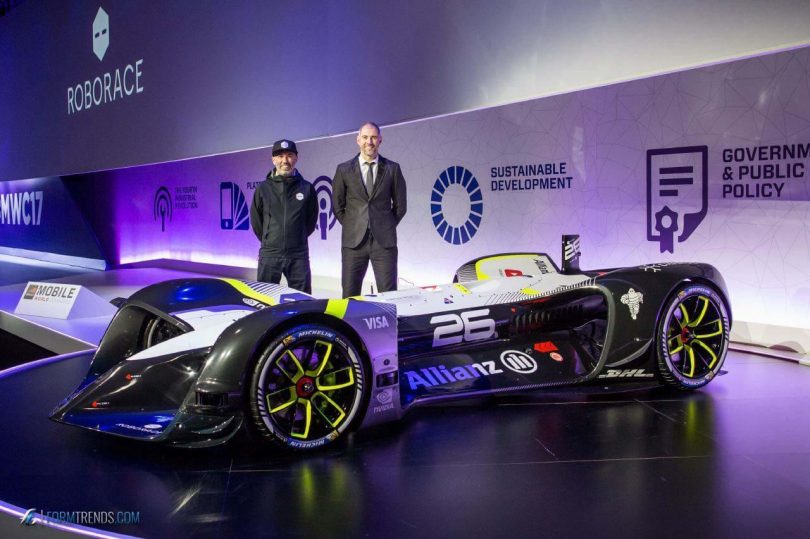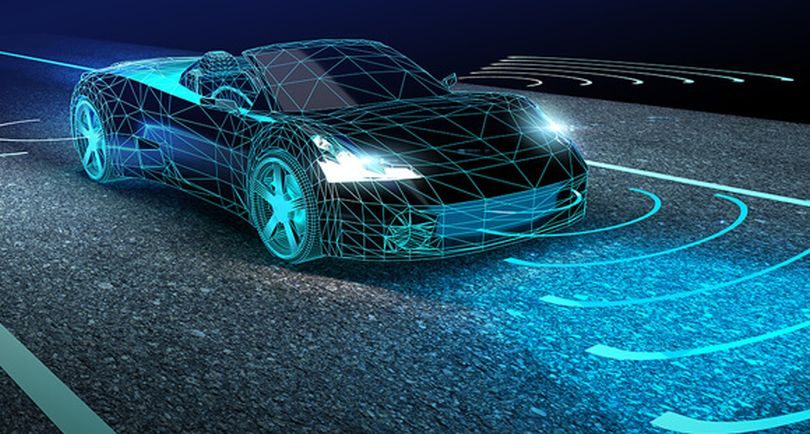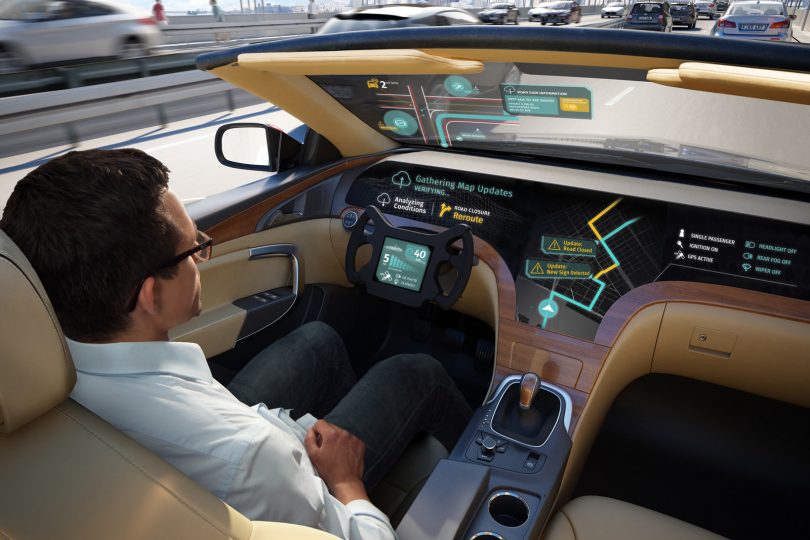 |
An autonomous car, robot car, a driverless car, or a self-driving car, is a vehicle that can understand its surroundings and move around with very little or without any human input at all.
Autonomous cars are more than just modified vehicles; they have a variety of sensors to understand their surroundings such as radar, sonar, odometry, Lidar, GPS and inertial measuring unit. There are even advanced control systems which interpret sensory information to find out navigation paths and obstacles along with the right signage.
Today autonomous or self-driving car racing is an evolving sport and a computer controls these vehicles. There are also events, which have launched including the international Formula E spin-off series Roborace – the world’s first driverless electric racing car.
The first images revealed a futuristic concept which incorporates Daniel Simon’s A trademark design DNA which sees precise, clean, geometries combined with sleek proportions with a lot of attention in terms of details to bring in the 3D effect.

Img source: formtrends.com
The vehicle has a wheelbase of 28000mm and an aerodynamic body. Extreme levels of aerodynamic performance can be achieved through the usage of active aerodynamic elements.
According to leasecar.uk, in the past 4 to 5 years, autonomous driving has spiked from the term “might be possible or may be possible” to “definitely possible” to “inevitable” to “how can someone just think that it wasn’t inevitable?” To “today it is commercially available.” In the year 2018, Waymo – the company that came from Google’s self-driving car project, officially begun its self-driving car commercial service in the suburban area of Phoenix.
Now the question arises. Then when will the self-driving cars take over? Actually, an autonomous car is not a single device that someday will be ready. It’s a system, a collection of inventions that are used innovatively. So, the question now is when self-driving cars will be ready?
More or less it’s ready and the real work is to endlessly improvise on the software which interprets that the sensor data on how to move through the world. The software seems to be in the spotlight. The basic reason against this is that Artificial Intelligence comes in the form of software to date.
ADAS

Img source: bluedropservices.co.uk
Automated Driving Assistance Systems encapsulates all of the algorithms that help in performing a driving task. Most of the ADAS software is divided into three major segments – Perception, Planning, and Control.
Perception
Perception is the most crucial component in self-driving cars as it is the single connection point between the vehicle and the surrounding environment. In the Perception algorithms, artificial intelligence is used very much to get the right sense of the raw sensor data.
Planning
This is the ability of the vehicle to make individual decisions to achieve some goals. It makes use of maps and rule catalogs that defines the term “valid” driving options.
Control

Img source: engadget.com
The control system takes care of altering the goals and the intentions which are derived from the planning system into actions. There are several algorithms in the control module to make driving smooth.
Perhaps with the launch of self-driving cars, there is an opportunity to rethink on the purpose of sports/performance/all-terrain vehicles. Some say Sports Cars would fade.
To conclude, the year 2019 will be an exciting year that will bring in a lot of advancements in #AutonomousRacing and driving along with bringing technological breakthrough in the vehicle market.
